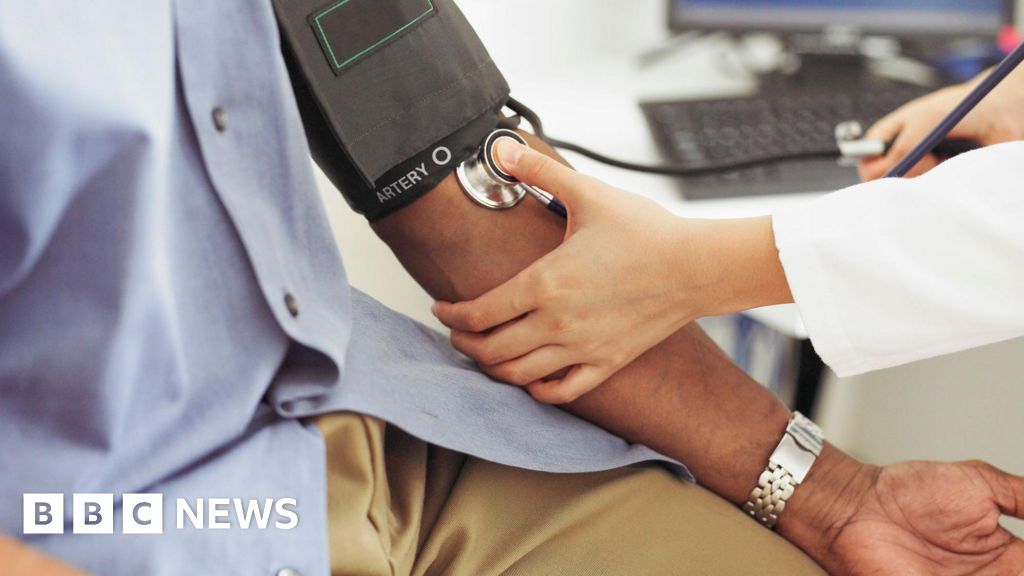Ache Reprocessing Remedy For Power Again Ache? Scientists Say The Therapy Might Work

Affected by persistent again ache? Researchers say a brain-based therapy could possibly be efficient in decreasing its severity.
Folks expertise ache for varied causes, however there are situations whereby some expertise bodily ache with none particular trigger. In such instances, managing one’s perspective concerning the mind’s position in persistent ache might assist them take care of it higher.
A brand new examine, revealed in JAMA Network Openconfirmed that folks with persistent again ache who underwent a therapy known as ache reprocessing remedy (PRT) began seeing their ache as stemming from their thoughts (ideas) or mind (physique). The contributors felt a discount within the depth of the ache after the remedy session.
All ache originates from neural circuits within the mind. Due to this fact, having a greater understanding of this intricate mind-body connection could be very important in successfully managing and decreasing its depth.
Within the newest examine, researchers examined the crucial hyperlink between the mind and ache. Their focus was particularly on ache attributions, which characterize individuals’s beliefs concerning the root causes of their ache. Utilizing PRT, the crew tried to make individuals perceive that the reason for their persistent ache is usually within the mind or thoughts.
A complete of 150 adults with reasonably extreme persistent again ache participated within the examine. They had been randomly assigned into three teams that acquired PRT, an inactive placebo injection or common care.
Members reported a major discount within the depth of their again ache after receiving PRT. Two-thirds of the contributors who underwent PRT had been almost or fully pain-free after simply 4 weeks, in comparison with fewer than one-fifth of those that acquired a placebo or commonplace care.
Firstly of the examine, solely 10% of contributors throughout all three teams attributed the causes of their ache to the thoughts or mind. This determine rose to 51% in individuals who underwent PRT by the tip of the therapy interval, whereas solely 8% of contributors within the placebo and common care teams held comparable beliefs after 4 weeks.
Researchers discovered that the extra contributors shifted their perspective to acknowledge the thoughts/mind issue, the lesser the depth of their again ache grew to become. The findings make clear the effectiveness of PRT in reshaping beliefs and decreasing the severity of persistent again ache.
“Millions of people are experiencing chronic pain and many haven’t found ways to help with the pain, making it clear that something is missing in the way we’re diagnosing and treating people,” examine first writer Yoni Ashar, assistant professor of inner drugs on the University of Colorado Anschutz Medical Campusstated in a news release.
“We found that very few people believed their brains had anything to do with their pain,” he added. “This can be unhelpful and hurtful when it comes to planning for recovery, since pain attributions guide major treatment decisions, such as whether to get surgery or psychological treatment.”
Ashar underlines PRT’s position in serving to individuals perceive their ache indicators are primarily “false alarms” that they do not must be afraid of.
“The take-home message [from this study] for people with chronic pain is that because pain is processed in the brain and these networks are not hardwired, there are things they can do to help reset some of these networks and reduce the experience of pain,” Afton L. Hassettaffiliate professor and director of medical ache analysis within the Division of Anesthesiology on the College of Michigan, informed Healthline.
Folks coping with persistent ache typically discover themselves trapped in an countless cycle: Ache serves as a catalyst for concern, triggering a heightened state of alertness within the mind. This heightened state can intensify the ache much more, additional fueling their concern, and the cycle continues.
“Pain is processed in the brain using many of the same structures and networks as those used for processing thoughts and emotions. That’s why when we feel frightened or sad, our pain can feel much worse,” stated Hassett, who was not a part of the examine.
Nonetheless, the other holds true as properly: Optimistic thoughts and emotions have the potential to cut back the sentiments of persistent ache.
“If you have pain and find yourself laughing with a friend or deeply engaged in doing something you love, you might not notice or even feel your pain,” added Hassett.
Printed by Medicaldaily.com






